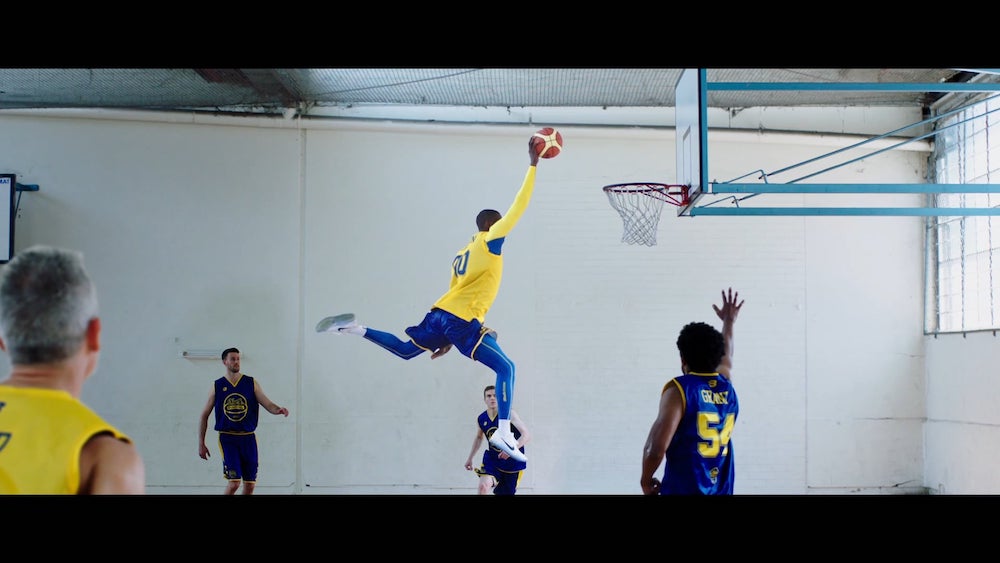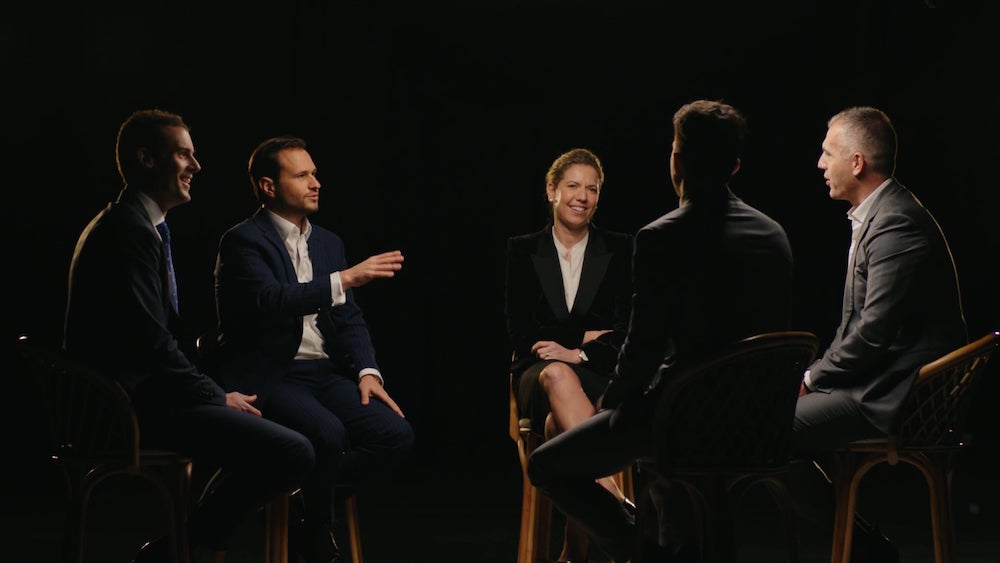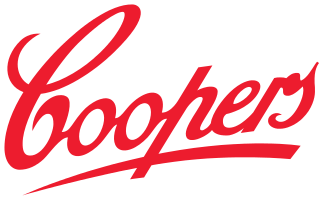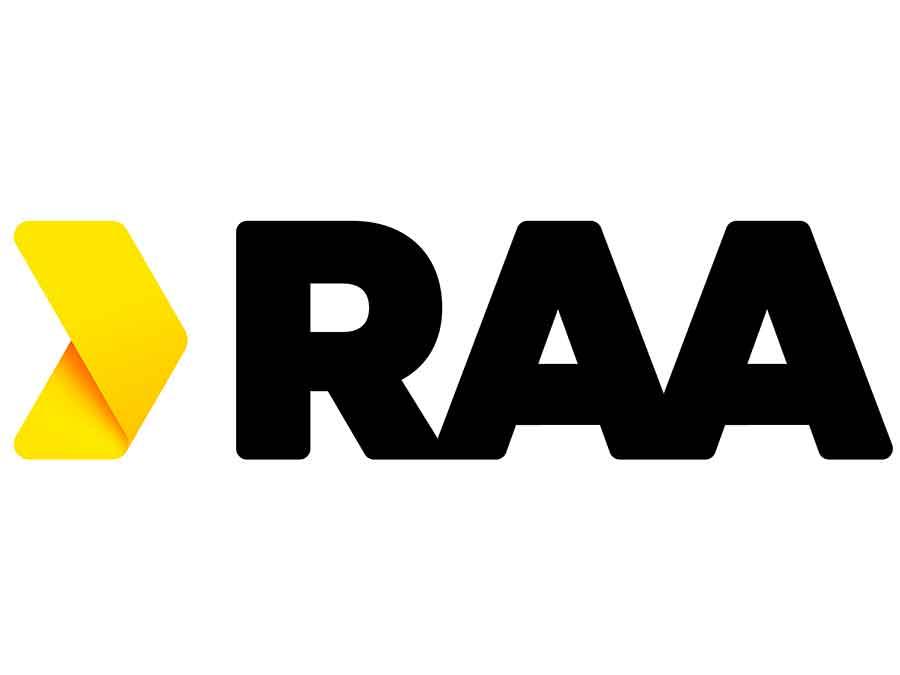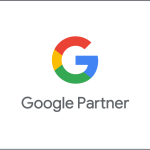When it comes to online advertising, Google Ads is among the most popular and effective platforms for businesses of all sizes. However, a common question many advertisers and business owners ask is: “How much does Google Ads cost?”
This blog will explain seven different points you need to be aware of to get the most out of every dollar.
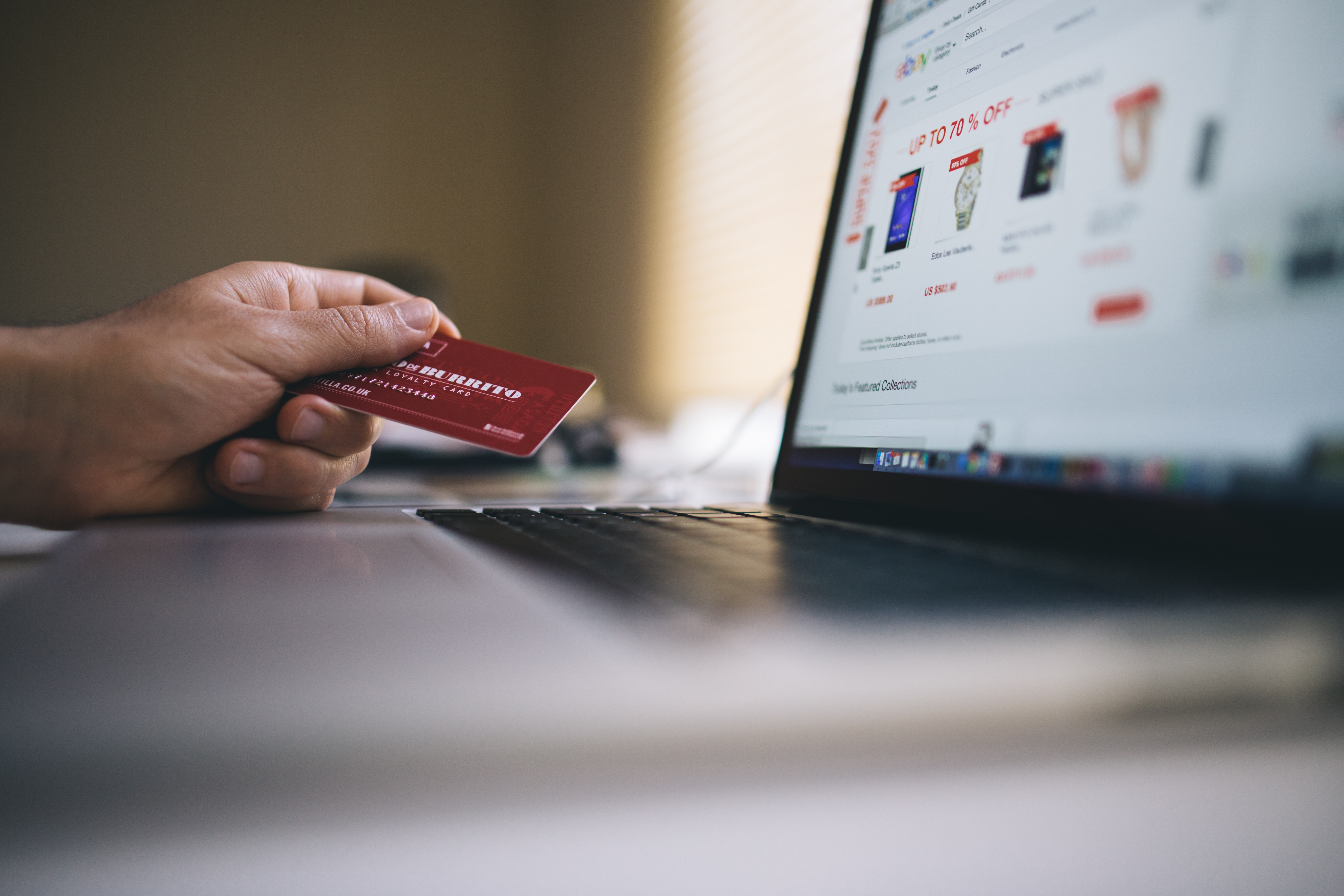
1) It's a Bidding System
Firstly, it’s crucial to understand that Google Ads operates on an auction system. Advertisers bid on specific keywords or placements, and the highest bidder usually gets the most prominent ad placement. However, Google doesn’t just consider the bid amount. The quality of your ad and the relevance of your landing page also play a significant role.
2) Average Cost Per Click (CPC)
CPC is a common metric on the Google Ads platform. The average CPC varies significantly depending on the industry and the competitiveness of the keyword. For instance:
Insurance-related keywords might have a higher CPC, sometimes above $50.
E-commerce might have an average CPC of $1 to $2.
Remember, these are just averages. Some clicks might cost cents, while others might cost tens of dollars.
3) Quality Score
Google’s Quality Score evaluates the quality and relevance of your keywords, landing pages, and PPC campaigns. A higher Quality Score can lead to lower costs and better ad placements. It’s calculated based on:
Expected CTR (Click-Through Rate).
Relevance of each keyword to its ad group.
Landing page quality and relevance.
The relevance of your ad text.
4) Daily Budgets and Monthly Spend
While the CPC gives you the cost per individual click, businesses should also set daily budgets for their campaigns. Your daily budget will dictate how often your ads appear throughout the day. If you exhaust your budget by midday, your ads might not show again until the next day.
However, the daily budgets vary because Google uses your daily set budget as a guide. For instance, if your daily budget is $5, sometimes you might spend less than $5 and sometimes over $5, and the actual cap is 2x your daily budget.
5) Control
You have complete control over your campaign spending. You can pause or adjust your budget and bids at any time.
6) Other Factors
Several other elements can influence the cost of your Google Ads:
Geographical targeting: Ads targeting urban areas or competitive markets can have a higher CPC.
Ad scheduling: Running ads during peak times might be more expensive.
Device targeting: Sometimes, mobile clicks might cost more or less than desktop clicks, depending on the industry.
Campaign type: The average CPC of your search campaigns will be higher than the CPC of your display campaigns.
7) Return on Ad Spend (ROAS)
Lastly, while costs are essential, the focus should be on ROAS (return on ad spend). If you spend $1,000 on Google Ads and generate $10,000 in sales, your ROAS would be 1000% or 10X. By focusing on ROAS, you can make more informed decisions to maximize the profitability of your Google Ads campaigns.
Understanding the cost of Google Ads is essential, but it’s just one piece of the puzzle. A successful Google Ads campaign requires a balance of budget, ad quality, keyword strategy, and consistent optimisation. By focusing on these aspects, you can ensure that every dollar spent contributes to achieving your business goals.
As a Google Ads partner agency, we can help you with your Google Ads campaigns.
Contact us to have a no-obligation strategy session.


